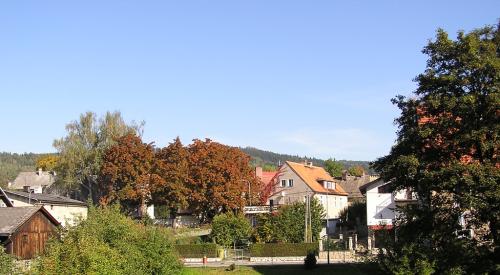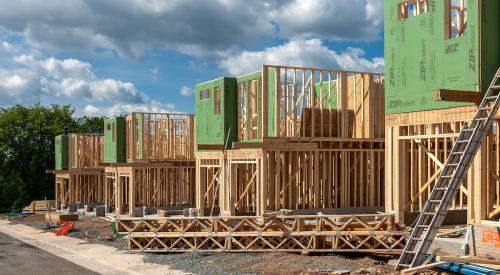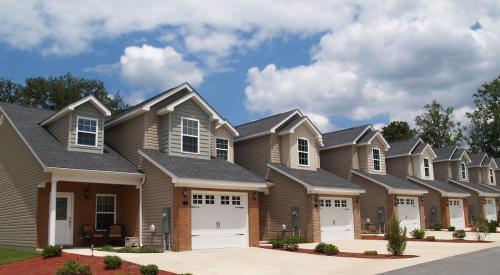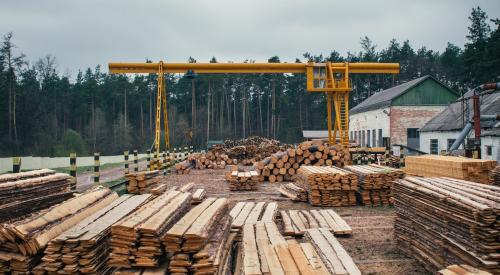The housing supply is tight—builders and potential homebuyers feel its effects everyday. But how just how intense is the shortage? To find out, economists can examine vacancy rates to get a pretty accurate pulse on the health of the housing market. And as we enter a new decade, looking back at the past ten years reveals unusually low vacancy rates in much of the country, indicating a shortage in housing. In general, the lower the vacancy rates go, the deeper the shortage runs, and some cities experienced vacancy rates as low as one percent.
As 2019 ends, NAHB’s Eye on Housing is reviewing the posts that attracted the most readers over the last year. In February, Natalia Siniavskaia used housing vacancy rates to estimate the current housing deficit in the U.S.
Vacancy rates are one of the key statistics NAHB Economics tracks to judge the health and direction of the housing market. The currently low homeowner and rental vacancy rates are typically interpreted as a sign of tight housing markets, with lower vacancy rates signaling a greater housing shortage. NAHB’s analysis of the latest 2017 ACS vacancy data highlights the metropolitan area markets where unusually low vacancy rates signal deeper supply-demand imbalances.
Looking at vacancy rates over the last decade and going back to 2005, when the Census Bureau’s American Community Survey started generating these data, we estimate the “long run” average vacancy rates that serves as a proxy for normal, or natural, vacancy rates. There are numerous reasons why normal vacancy rates may differ across metropolitan areas. For example, areas with mobile labor markets and higher population turnover will consistently have higher vacancy rates. Vacation destination housing markets also have naturally higher vacancy rates that reflect more volatile seasonal housing demand.
For example, according to NAHB estimates, the rental vacancy rates in Ocean City, NJ and Sebastian-Vero Beach, FL fluctuated around 20% since 2005. The averages were even higher in Panama City, FL, approaching a quarter of the rental stock, and even greater in Myrtle Beach, SC. In sharp contrast, multiple areas in California, including Santa Maria-Santa Barbara, San Luis Obispo-Paso Robles-Arroyo Grande, Oxnard-Thousand Oaks-Ventura, and Los Angeles-Long Beach-Anaheim, CA, registered long-term rental vacancy rates below 4%.













